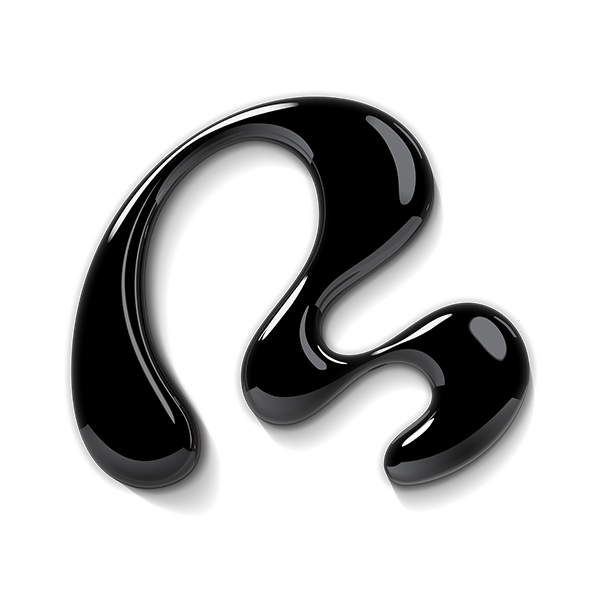Primelase is a new-generation diode laser designed to excel at hair removal. No matter your skin type, it can safely remove unwanted hair on almost any area of the body, including the legs, back, shoulders, underarms, face, and bikini zone.
Most people seek out this treatment for smoother, hair-free skin, but it can also rejuvenate aging skin by stimulating new collagen production.
Some providers also use it to treat acne (targeting the sebaceous glands and bacteria) or lighten uneven pigmentation, including vascular or pigmented lesions.
Manufactured by Sinclair, the Primelase device offers three handpieces with different wavelengths and “spot sizes” (the size of the area targeted by the laser). This allows your provider to customize the treatment to your skin type, target areas, and goals.
- Alex (755nm) is especially effective for light skin types (I-III) and fine hair.
- Diode (810nm) treats skin types I to IV, including tanned skin.
- Blend (810nm, 940nm, and 1060nm) can treat all skin types, including VI (the most deeply pigmented skin).
Two modes—Static or Dynamic—allow your provider to choose the right frequency and energy level for your skin type, helping reduce sensitivity and improve results.
To make your treatment more efficient and comfortable, the Primelase platform offers:
- Ultra Short Pulse (USP) technology, which automatically delivers the shortest possible pulse to damage the hair follicle without injuring the skin.
- Crystal Freeze, which cools the skin and keeps the laser crystal at a consistent temperature of 41°F (5°C) throughout treatment.
Pros
- Primelase is an effective laser hair removal treatment for all skin types and tones. In the hands of experienced provider, it can safely treat tanned and deeply pigmented skin at any time of year, with consistent results.
- Other benefits include cystic hair removal and treating conditions like folliculitis and hypertrichosis (excessive hair growth).
- Beyond unwanted hair, Primelase can treat acne, reduce excess pigmentation, and rejuvenate skin.
- Ultra-short pulses, cooling, and customization features help make this treatment safer and more comfortable.
Cons
- You’ll need a series of monthly treatments for optimal results. How many will depend on your skin type and hair color, but providers commonly recommend six sessions.
- Like all laser hair removal treatments, this one can’t permanently remove all hair—think of it as a way to dramatically reduce unwanted hair.
RealSelf Tip: With any laser treatment, the quality of your results depends heavily on the skill of your provider. Find one with the training and experience to choose the right setting for your skin tone to help ensure the best results and avoid potential side effects. (More on that below.)
At your initial consultation, your provider should give you tips on how best to prepare in the lead-up to your appointment. This may include:
- Avoiding direct sun exposure for 6 weeks before and after treatment
- Avoiding plucking or waxing for 2 weeks prior
- Not bleaching the hair (darker hair usually responds better)
- Shaving 3 days in advance
- Not applying lotion to the treatment area before your appointment
Here’s what typically happens during a Primelase appointment.
- First, your provider will clean your skin in the treatment area.
- If they’re treating a sensitive area like the bikini zone, they’ll probably apply a topical numbing gel at least 30 minutes before they start, so there’s time for it to take effect.
- Just before they begin, you’ll put on protective eyewear.
- Your provider will then begin methodically passing the laser over the treatment area. Depending on your skin type, they may do just one pass or multiple passes on lower power.
According to the makers of Primelase, this is about how long it takes to treat each body area:
- Arms: 3 minutes per side
- Back: 4 minutes
- Legs: 10 minutes per side
- Bikini: 4 minutes
- Brazilian: 10 minutes
- Chest: 4 minutes
- Underarms: 1 minute per side
- Upper lip: 10 seconds
The heat and rubber-band-snap feeling of the laser can be uncomfortable, and some areas of the body are more sensitive than others—but Primelase shouldn’t feel too painful. If it hurts, ask your provider to adjust the settings or apply numbing gel.
After a Primelase treatment, your skin may feel and look like you have a sunburn for up to 3 days. This can look like irritation, inflammation, swelling, and pigmentation changes in the treated area.
Side effects like these are usually mild and temporary. In the meantime, there are a few things you can do to help calm your skin down:
- Don’t apply any skin care product with irritating ingredients (including self tanners) to the treated area
- Avoid hot baths or saunas, which can further inflame skin
- Don’t shave the area for at least few days
- Apply cool compresses (like a damp wash cloth)
In the rare event that your skin burns or blisters, don’t hesitate to reach out to your provider.
A series of Primelase sessions will damage the hair follicles to the point that they become “inactive.”
It’s possible for major hormonal shifts to activate dormant follicles, so you may need touch-up treatments down the road—but you should never be as hairy as you once were.

